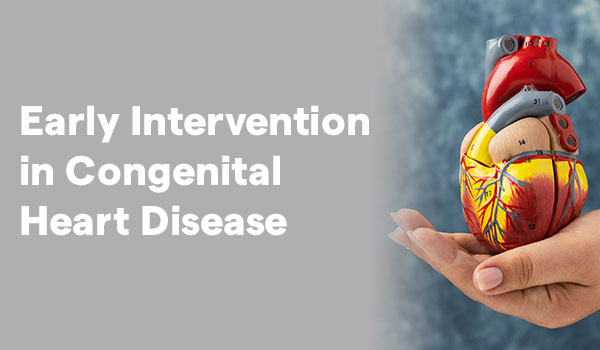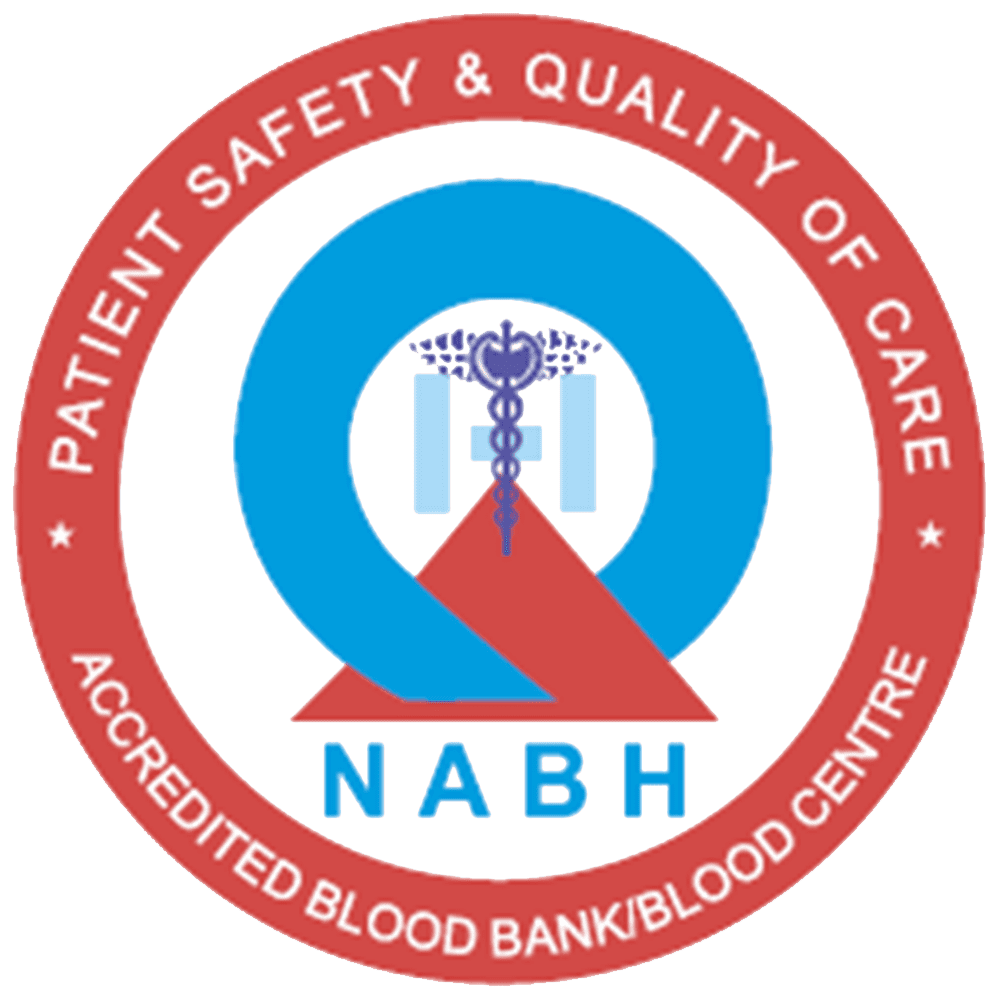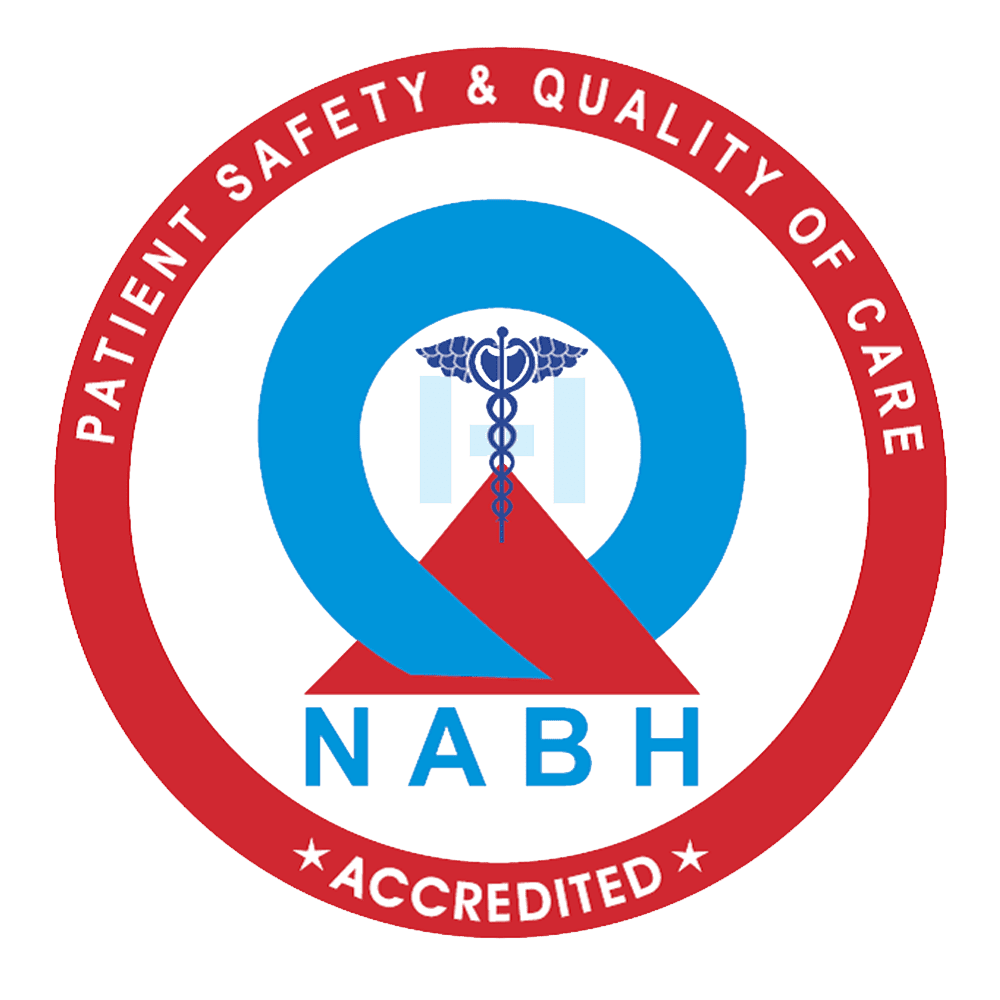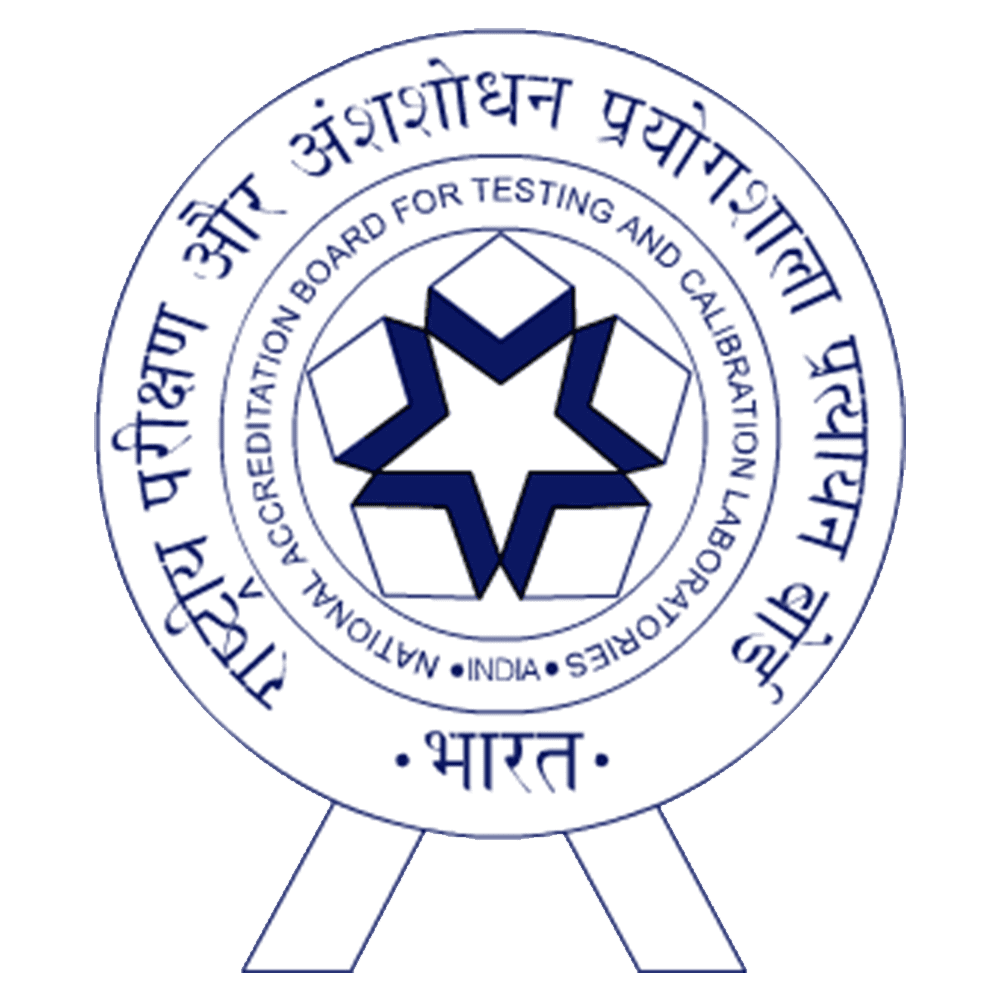This important organ the “human heart” must be provided special care to avoid any malfunction, one such heart-related anomaly is Congenital Heart Disease (CHD), which is the leading type of congenital peculiarity with an estimated prevalence of around 1% of all live births globally. It is one of the major concerns in pediatric health care as it is a major source of morbidity and mortality especially among infants. The extent of CHD could go from a minor defect to a life-threatening condition, within a snap requiring immediate intervention.
For so many years, there was a high mortality rate of children with CHD, especially before 5 years of age. Although, if we fast-forward to today, people need not worry so much, all thanks to the emergence of new medical practices and advancements. However, CHD remains a complex condition to treat, especially in newborns, and early developments in the medical forefront imply a new vision for the future of treating infants’ heart disease.
The breakthroughs, in technological advancements have been seen in congenital heart disease (CHD) treatments fueling hope for patients for early revival and pediatric care.
Power of Diagnosis in Treating CHD
Congenital Heart Disease can be diagnosed in infants easily, under the special guidance of a pediatric cardiologist from the best pediatric hospital. Thus if diagnosed early it could lead to a life-changing moment. The development of diagnostic techniques has enabled doctors to diagnose heart defects at an early stage even before a child is born and with high precision with imaging technologies such as:
- Fetal Echocardiograms
(It enables experts to identify heart issues that a baby might have while still in the womb. It also brings early detection of the root cause enabling a customized approach)
Early detection implies that doctors can treat the diseases before they worsen, meaning infants are likely to survive and live healthier lives.
Advances in Surgical Techniques such as:
- Safer and Advanced Cardiopulmonary Bypass
(It enables surgeons to work on a heart that is mechanically halted while in deep hypothermic circulatory arrest, it enables them to shield organs during intricate surgeries) - ECMO (Extracorporeal Membrane Oxygenation), provides an advanced backup support system in critical cases to sustain life.
Other less invasive procedures offered to few young children:
Balloon Valvuloplasty/Coarctoplasty/Septoplasty
- Stents Devices
It can help minimize the need for more serious treatments and thus reduce the risk while individuals recover much faster.
Worldwide Effects of CHD
CHD continues to pose a major risk around the globe, though the statistics illustrate constantly improved progress. As stated by recent surveys the birth prevalence of congenital heart disease is 9/1000, and the estimated number of children born with congenital heart disease in India is more than 200,000 per year. Also quantified by the Global Burden of Disease (GBD) Study 2017, CHD-associated mortality decreased by 34.5 percent in 52 countries.
From 1990 to 2017, CHD had a 5 percent increase in coverage. Thus, it is still a global health concern affecting more than 1% of the population across the world. A cohort study indicates there were 2 million people in 2017 who have been suffering from this condition.
Notably, we have observed a decreasing mortality trend, which is attributable to improved survival rates, especially among the developed countries. However, the distribution is not balanced; the mortality rate is still high, in areas of low economy mostly due to fewer treatment facilities.
It is, however, important to understand that not all babies born with CHD have the same fate. The severity of the heart defect is a critical factor and the timing of intervention makes a lot of difference. This knowledge assists pediatric cardiologists in applying the treatments suitable for the children and thus has the chance of curing the children.
Yet even after a range of medical advancements, parents hesitate to indulge their newborn babies in surgeries for congenital heart disease due to a lack of knowledge and social biases.
It cannot be questioned that there have been improvements in the treatment of CHD today than there were many years back; nonetheless, there is more to be done. The anticipation is that as technology advances, and research elicits more knowledge in the field and the development and application of sophisticated surgical procedures, many more children born with CHD (be it male or female) will be able to lead normal healthy lives.
CHD is a difficult problem, however, with early diagnosis, new surgeries, and better risk evaluation, CHD is no longer a hopeless future for many families. Each discovery takes us closer to the day when CHD is no longer a problem and continues to be a tremendous menace. Until then, families can always be confident that even the hearts as tiny as a grain of sand can be helped to continue to beat. To know more, book an appointment at Sir Ganga Ram Hospital today.
Data Source:
https://pubmed.ncbi.nlm.nih.gov/30745481/



